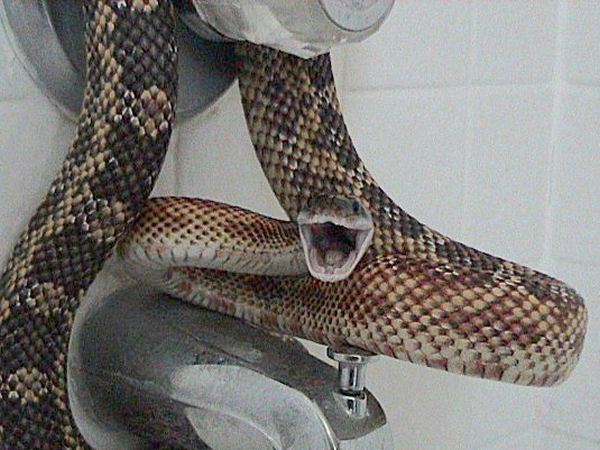Pantherophis obsoletus SP Pantherophis obsoletus lindheimery
Pantherophis obsoletus lindheimery lindheimery leucistique
lindheimery leucistiqueSeveral subspecies of this species, but they all stand in the same way. ,
The sp is lindheimery, obsoletus, quadrivittata, licorice etc ...
Common name:
American snake ratter
legislation:
Nothing in Europe outside of the legislation on the import and the maintenance rules in reptiles.
Origins:
USA
Biotope:
This snake, like Pantherophis guttatus, lives just a little rocky habitats, fields, garden, forest, with water points and wetlands
Description:
Big snake, adult size varies from 2m to 2.50m. The dress really depends on the subspecies, and the size and age of the specimen
Size / Weight: 200 to 250 cm / up to 3kg
Terrarium:
Given the measurements of these animals, the cage containing two adult specimens should be large enough consistent. 150-80 - 100 is good, height is not negligible because the snake likes to climb and is very skilled in this task.
In addition, it will be large and have large branches to satisfy their need to climb. a hiding place as usual hot and cold.
And as I do at home, they also have a spot for height as a hot zone at the top. And apparently that area is very popular.
Temperatures:
Hot Spot: approx 28 ° C and 20-24 to cold at night from 19 to 22 C ° is
Humidity:
40 to 80%
Behavior:
these snakes can be quite aggressive as specimens, they are very bright and also quite active. But it's still quite nervous animals, which vibrate their tails to also intimidated by opening wide the mouth, blowing, and attacking in a vacuum. More bite under my belt as the holder of all the species I think LOL.
Power:
Mice, rats, chicks, eggs also
Reproduction:
Very easy, overwintering is not essential, simply separate the animals and put them back together to see a mate.
Ponte:
Spawning takes place about two months after mating.
Incubation:
incubation at 28C °
Hatching:
It also takes place about two months after mating
Food and maintenance of young people:
young people will be individually box with the same conditions as adults, and will be after their first moult started in living mice, usually no problems to start.



